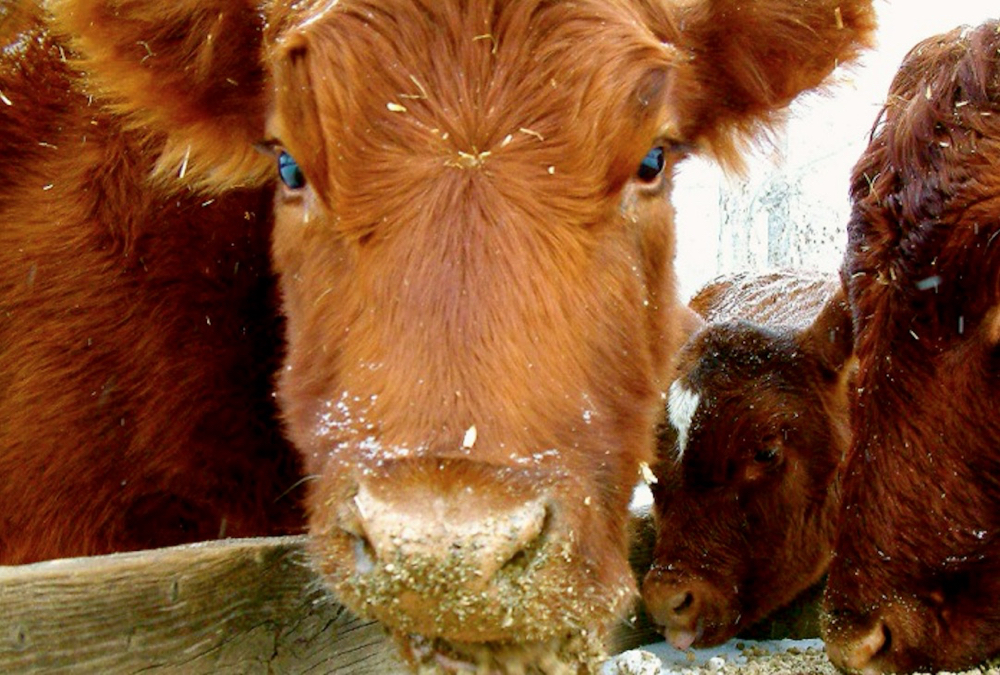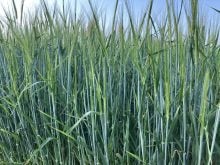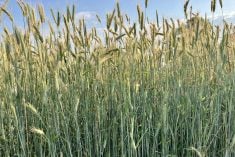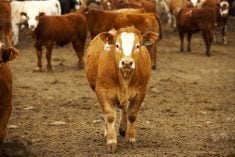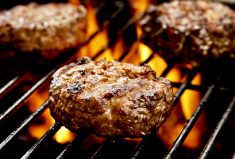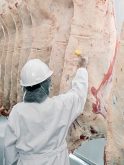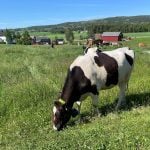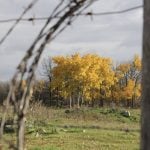As we approach spring we should be preparing to plant and produce enough forage to support the needs of our livestock for the whole year. In Canada, that means a strong focus on preserving and storing forages (i.e. silage, hay, greenfeed, stockpile forages, swath grazing) as the grazing season is short. For feedlots, where animals are fed in confinement throughout the whole year, this is just as or more important than for cow-calf operations. Planning, producing and preserving forages appropriately can reduce the requirement to buy external inputs (e.g. energy and protein supplements or silage, hay and greenfeed), consequently decreasing the cost of production and increasing the overall bottom line.
Additionally, in past drought years, we observed those who had a good forage plan, who accounted for the potential of forages yielding below average, were better able to cope with the feed shortage experienced. I write this article hoping the drought is behind us but with the reminder that now may be the best time to put in place a long-term plan for drought mitigation strategies. A good rule of thumb is to build a reserve of one extra year of feed supply.
Before thinking about which forage to seed or how many acres to plant, one should have a good estimate of the forage requirements to feed the animals for the whole year. This includes knowing the animal numbers and type, age, stage of production, average body weight and farm production goals. With that information, we can predict the total feed needed for the year. We can then estimate the forage needed based on the proportion of forage in the diets fed throughout the year. On top of this annual forage requirement, we should add an extra margin for losses during forage harvest, storage and feeding. These losses will vary by farm but can be anywhere from 10 to 40 per cent. Building an extra year of forage reserve for drought periods doubles the final forage requirements. With this information in hand, we can start to think about the crops and land area needed to produce them.
Read Also
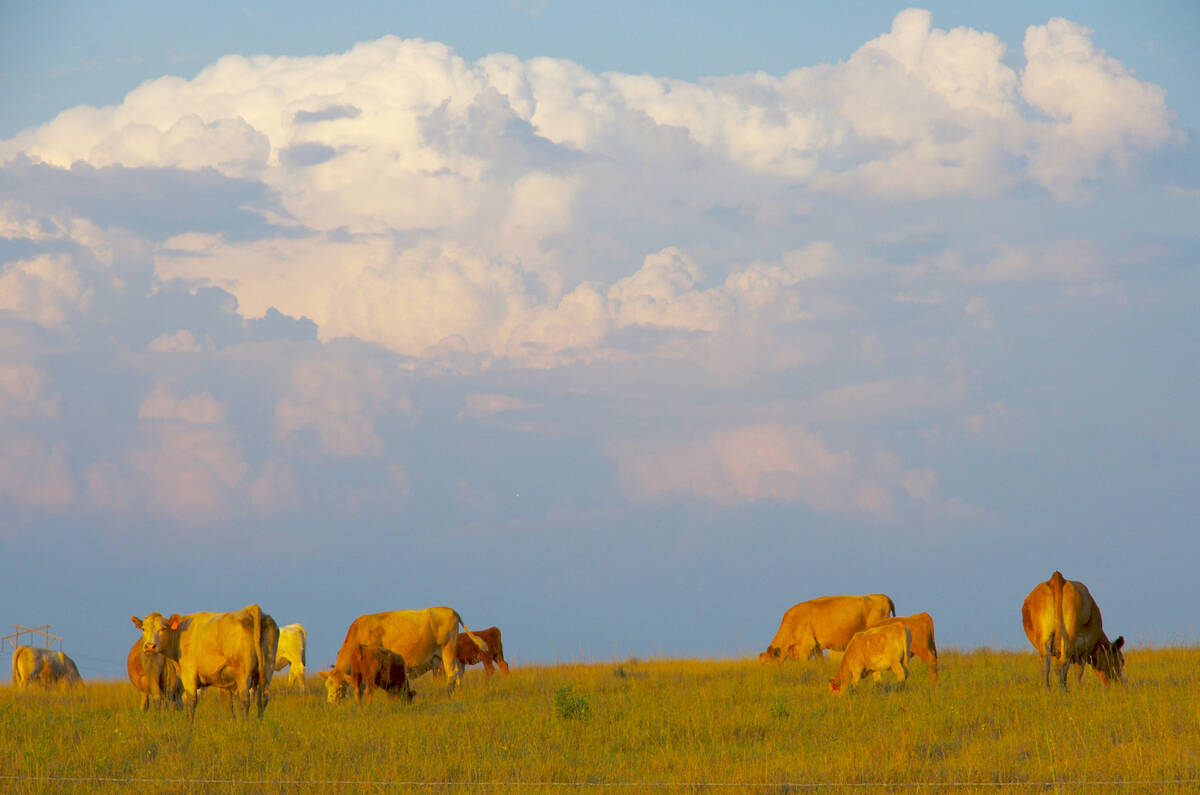
Canadian Beef Check-Off Agency reports on investments and activities
The check-off agency’s work behind the scenes is what ensures cattle check-off dollars are invested wisely, accounted for transparently and deliver measurable value back to producers and importers.
When thinking about what forage crops to grow it is easy to be tempted by some new miraculous forage or forage blend claiming high yield and nutritional value that may be trending in your area. But be careful as these claims are rarely true. You should focus on selecting forage species/varieties that, through research or your own experience, have shown to be productive over multiple years in the soil and climatic conditions of your operation. If trying a new forage for the first time, plant only a small proportion of your total forage need at first. The Beef Cattle Research Council has some great tools for selecting forages that are adapted to the different regions and soils in Canada at beefresearch.ca.
Once you have decided which forages to seed, you can then divide that total feed requirement (calculated previously) by the expected yield per acre of that specific crop to estimate the land area you need for planting. Be realistic about the technologies and conditions of your farm when estimating expected yield. Proper agronomic techniques and fertilization can maximize your forage yield and an agronomist can help you maximize your forage production.
With your forages seeded, fertilized and, hopefully, a good rain, the next point I want to highlight is harvest time. Maturity is the single most important factor affecting the yield and nutritive value of a forage/crop. This optimal maturity is different for each crop. So, make sure you check the ideal harvest maturity according to the purpose for that forage (i.e. hay, silage, greenfeed). Best management practices for making hay, greenfeed, or silage will ensure the losses mentioned above are minimized and most of the produced forage is stored in an acceptable form for cattle in the future. These best management practices are specific to the forage preservation method. While a detailed description may be a good idea for further discussion in future columns, for now, I will say it is important to note that much of these losses can be in the form of gas (CO2), and not visible to the producer.
To finalize, producing forages efficiently is not an easy task. There is a lot of science and knowledge involved, and it can be costly. Before spending lots of time and money producing forages, producers should do a forage production cost assessment and compare it to the cost of purchasing forages on the feed market. You may be able to contract out forage production cheaper than growing and harvesting yourself, especially if you require new or upgraded equipment, or knowledge, or have land area limitations. Since this column has been about planning to ensure enough feed for periods of shortage, it is also wise to consider purchasing forage crop insurance, if available in your region, as this can help prevent economic losses caused by pests or the environment.


